The Southern Ocean has clean air with very few aerosols - tiny particles of matter that form naturally or as a result of human activity.
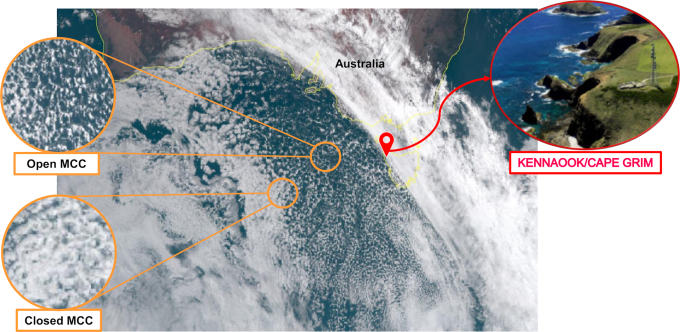
Open (circled above) and closed (circled below) honeycomb clouds in the Southern Ocean. Photo: Tahereh Alinejadtabrizi/npj Climate and Atmospheric Science
The Southern Ocean is far from human activity, but that's not the only reason why its air is the cleanest in the world , Science Alert reported on April 14. In a new study published in the journal Nature , a team of experts from Monash University and the University of Melbourne discovered new information about cloud structures that shows how the Southern Ocean and its unique honeycomb-like clouds play a big role in regulating climate. They also discovered the key role that clouds and rain play in cleaning the air.
These honeycomb clouds can have either a closed-cell structure – a bright, white cloud that reflects sunlight back into space, cooling the Earth – or an open-cell structure, allowing more sunlight to reach the Earth. “These complexities are a source of error in Earth climate modeling because they are not properly accounted for. It is important to strike the right balance between open and closed cells, otherwise the results can be misleading,” the team writes.
The team believes they have found the right balance and a better understanding of the role rainfall plays in cleaning the air. Using satellite imagery, they compared honeycomb clouds with aerosol measurements from the Kennook/Cape Grim Observatory and rainfall from nearby gauges and found that the cleanest air samples were associated with the presence of open honeycomb clouds.
Open-cell honeycomb clouds have more moisture, about six times more than closed-cell white cotton clouds. They look thin from satellites, but actually provide the most effective showers for washing away aerosols. Closed-cell clouds, which look dense, are less effective.
Open honeycomb clouds are most common in winter, resulting in the cleanest air at that time. In addition to the Southern Ocean, these clouds also appear in the North Atlantic and North Pacific during winter.
While aerosol concentrations in the air above the Southern Ocean are influenced by a number of factors, rainfall plays a key role. “Rainfall is key, especially from these open-cell honeycomb clouds, which wash aerosols out of the sky in much the same way a washing machine washes clothes,” the team writes.
Thu Thao (According to Science Alert )
Source link



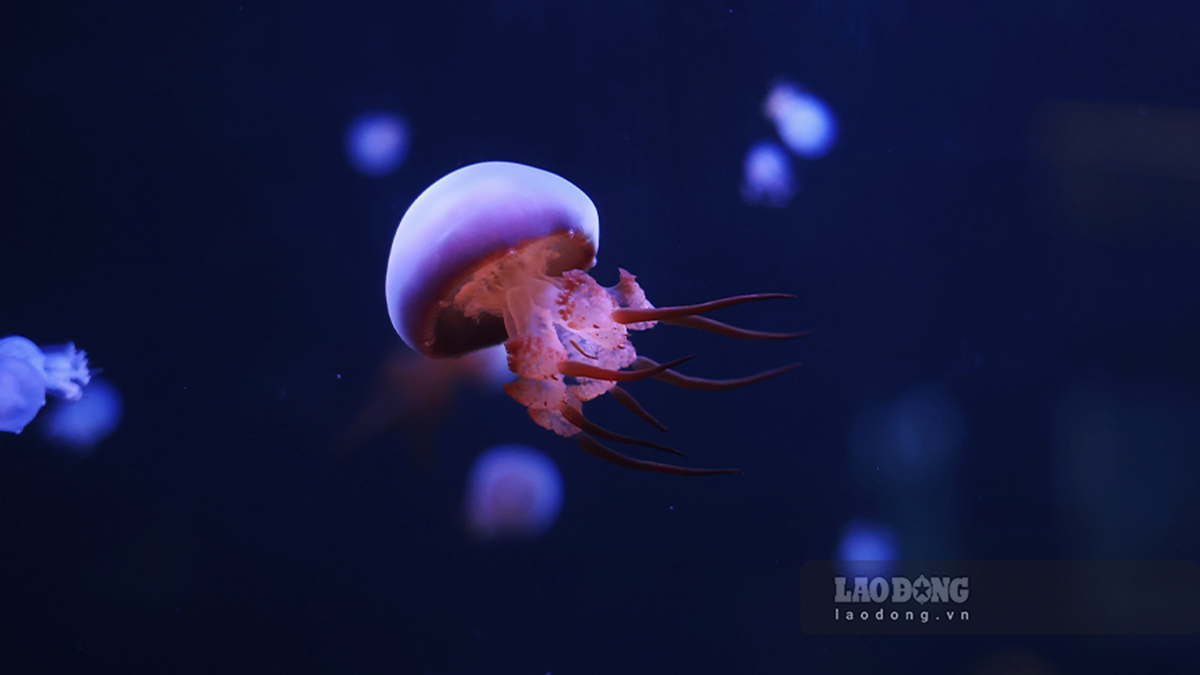
![[Photo] Opening of the 14th Conference of the 13th Party Central Committee](https://vphoto.vietnam.vn/thumb/1200x675/vietnam/resource/IMAGE/2025/11/05/1762310995216_a5-bnd-5742-5255-jpg.webp)




















![[Video] Not Alone - Online Safety Day](https://vphoto.vietnam.vn/thumb/402x226/vietnam/resource/IMAGE/2025/11/05/1762347906381_sequence-0100-00-17-02still001-jpg.webp)












![[Photo] Panorama of the Patriotic Emulation Congress of Nhan Dan Newspaper for the period 2025-2030](https://vphoto.vietnam.vn/thumb/1200x675/vietnam/resource/IMAGE/2025/11/04/1762252775462_ndo_br_dhthiduayeuncbaond-6125-jpg.webp)
























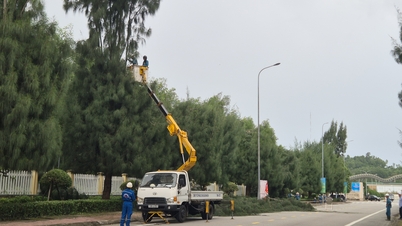







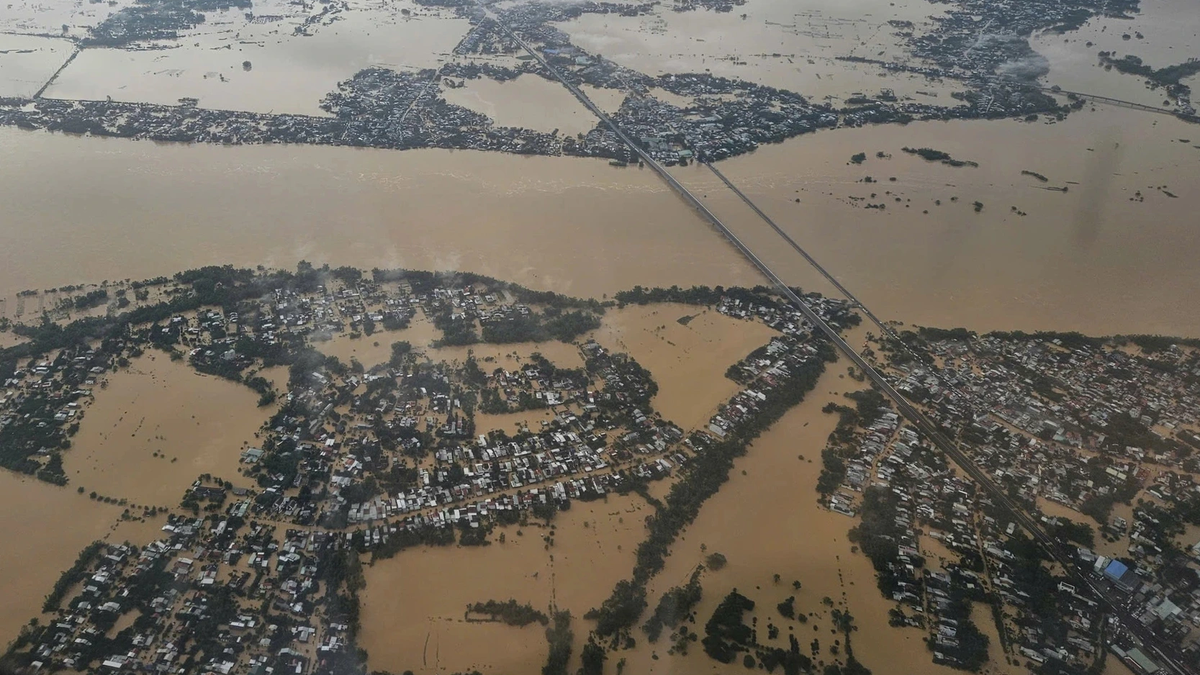


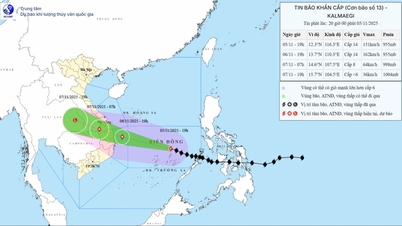





































Comment (0)